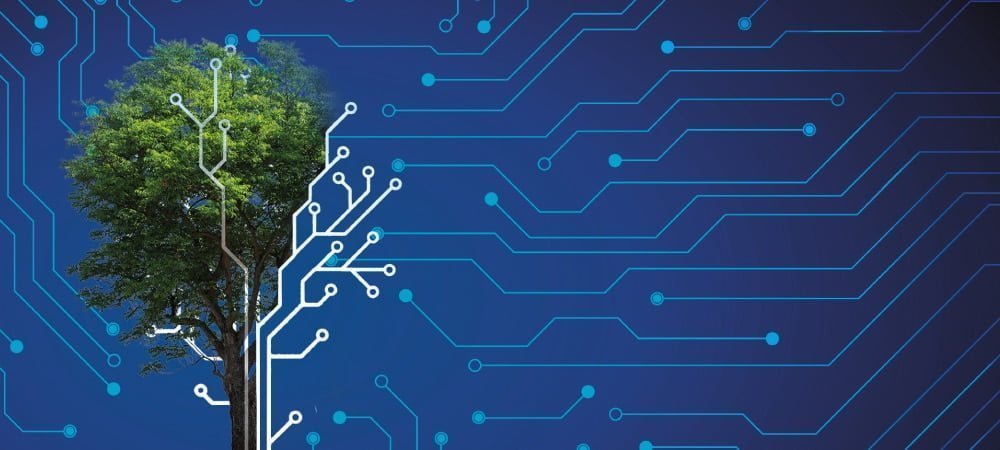Why is automated, dual maintenance essential for SAP?


Ordered yesterday, implemented today and preferably in production tomorrow. The faster I give my company decisive impetus through innovations, the more competitive I become. Automated, dual maintenance in SAP is a decisive factor here. It comes into its own especially in large transformation projects such as an S/4 migration.
Dealing with parallel SAP landscapes, such as those that occur during an S/4 migration, is difficult and complex. To avoid business interruptions, parallel systems must be kept in sync. This requires that relevant changes are performed twice (or more, depending on the number of landscapes) in both systems, which is called "double maintenance". In simple terms, dual maintenance in SAP, also known as merge/retrofit or parallel development, is a landscape with multiple development systems integrated into multiple production environments.
For SAP systems, there are three types of dual maintenance: continuous maintenance with a permanent maintenance landscape and a project landscape; dual maintenance for a specific period of time during an upgrade or ERP implementation; and dual maintenance for an extended period of time during a brownfield or hybrid transformation to S/4 Hana.
Typically, these systems are all on one platform, such as ECC, but there are also scenarios where they may be on different platforms, such as when migrating from ECC to S/4. In this case, the legacy systems must continue to run during the migration, likely for years, while the new S/4 systems are built. Many long-time SAP users know all too well how frustrating, risky, time-consuming and resource-intensive it is to manually manage changes between systems. Why do you need automated double maintenance in SAP?
There are three main reasons why automated dual maintenance is essential for SAP organizations. Manual maintenance of multiple landscapes is very time-consuming and causes delays in deploying business-critical changes. When companies resort to manual methods, they are significantly hampered by the need for change freezes, among other factors. Many organizations do not have the time or resources to manually keep multiple systems in sync. They are forced to pause regular updates until specific rework is completed. This puts companies at a disadvantage and prevents them from making the changes requested by business departments.
Changeover problems, often caused by unreliable and non-automated deployment synchronization, should also be avoided. If your organization has been working with a new configuration or various custom solutions, problems may arise during the changeover to the new system if these transports are not synchronized.
In addition, a lack of synchronization can cause projects to be delayed while they are identified and fixed. In extreme cases, if too many changes have been overlooked, restarting the development system may require project realignment. This must be additionally avoided.
Automation as a liberating blow
Automating duplicate maintenance is a key benefit. It helps to avoid risks, project delays and increased costs, especially in larger projects such as the migration to S/4 Hana. Automated double maintenance is therefore indispensable.





